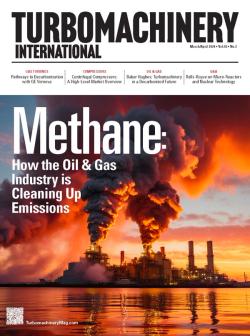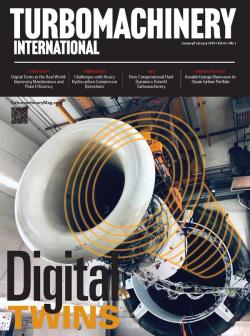
OR WAIT null SECS
© 2024 MJH Life Sciences™ and Turbomachinery Magazine. All rights reserved.
HOW TO HOW TO DESIGN & DEVELOP STEEL STRUCTURES FOR TURBOMACHINERY PACKAGES
Steel structures, such as base-frames and base-plates, play a major role in the operation and reliability of turbomachinery packages. Their design and manufacturing have been closely related to some critical topics, such as allowable nozzle loads, vibration and dynamic behavior.
It is unfortunate to see an expensive turbomachinery package fail only because of a faulty steel supporting that costs less than 3% of the overall value. If steel structures and the structural aspects of turbomachinery packages are neglected, many problems can result. Yet high-strength and high-ductility steels and alloys combined with recent advances in manufacturing technology have made it possible to build efficient structures with large strength-to-weight ratios.
As a rule, strong steel structure profiles and over-designed schemes are preferred for turbomachinery. A complete set of loading cases should be identified and implemented for any steel structure. Conservative loads, supports and boundary conditions should be chosen.
For instability and buckling cases, smaller critical instability loads should be chosen. But as it is too difficult to identify all the possible cases of buckling and instability, the entire system and structure should be considered for a thorough simulation.
Structural steel is a ductile material and its fracture is ductile. For most stress states at ambient temperature several factors can influence material failure, such as temperature, strain rate, loading history and stress state. This leads at certain conditions (like low temperature) to brittle fracture.
Steel structures loaded to extreme limits will fail due to instability that prevents further loading, by tension failure or by a combination of both. It is wise to make structure (such as a baseplate) repeatable, then tune for improvement and accuracy. In simple terms, tell the same story each time, then improve the story with enough details.
There can be many operating cases and loading situations. Strength is needed in any direction and any member to deal with known and unknown loading cases such as alternative loading conditions or emergencies. The number of points at which a body is supported ideally should be equal to or more than the number of degrees of freedom to be restrained.
It is best to support a body with more compliant points than there are degrees of freedom to be restrained. In this way, the errors in the compliant support points will average out.
Steel structures may be broadly classified by their stability system, as braced or continuous structures. Long-span beams have been preferred in modern structures. Long spans result in flexible, column-free spaces, reduced substructure costs, and reduced installation times. This broad range of benefits means that they are commonly used in a wide range of modern structures.
The path that forces follow should be minimized, particularly the length of the path. A divergent path of forces means that the overall movements of parts and components can potentially be different. This can change the internal gaps or clearances in components and parts and lead to serious consequences. In many cases, stresses and deflections are marginal compared to the specified limits. This can make it difficult to decide whether to further strengthen the structure or not.
It should also be understood that all stresses, deformations and simulations are estimates. There can be many sources of errors and inaccuracies. Loadings may not be realistic. In many cases, actual forces and moments on a structure are far more than those simulated, both in terms of number of loads and their complexities. Models, therefore, are usually simplified versions of actual structures. This introduces errors and inaccuracies.
So how to make a decision? A good recommendation is to look at other reports or observations, particularly those from actual structures of turbomachinery packages from the site, if available. If a structure has worked well, a slightly modified version of it is likely to work reasonably well under similar loading even if the stresses and deflections are marginal.



